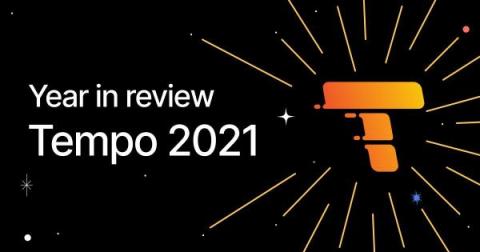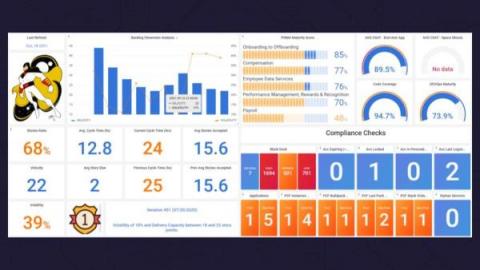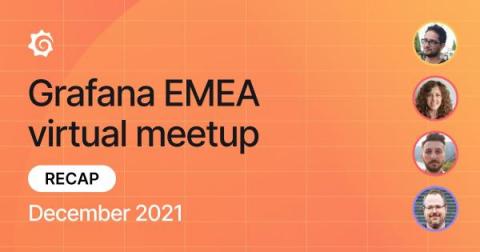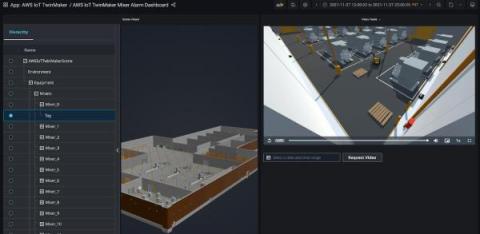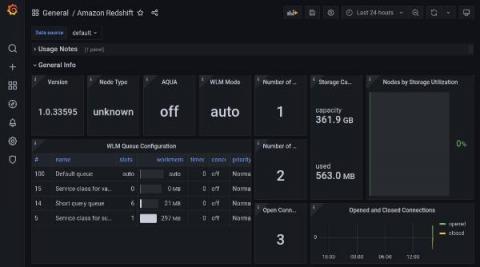Grafana Tempo 2021: Year in review
Grafana Tempo has had quite a year. Just eight months after it was announced at ObservabilityCON 2020, the open source tracing solution went GA. Since the Tempo team released v1.0 in June, we have ingested more than 39 trillion spans, a 26x increase from last year. We also introduced Grafana Enterprise Traces, which is powered by Tempo, to the Grafana Enterprise Stack.


